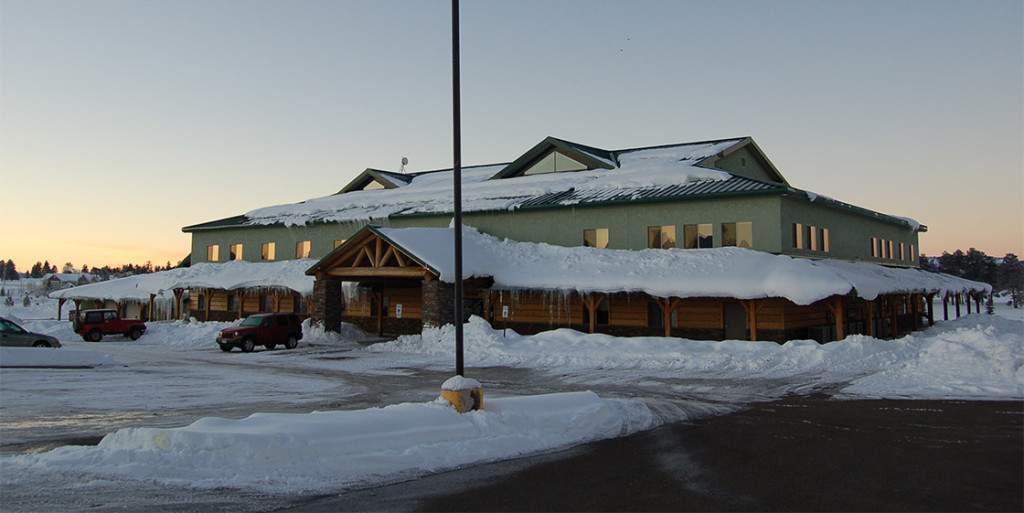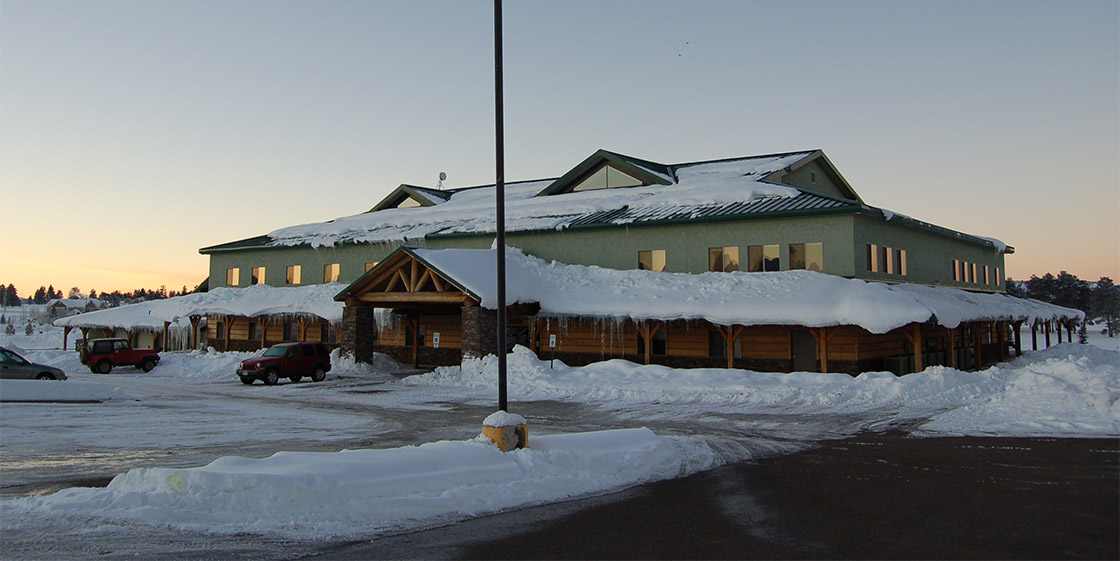“The performance of 17-year-olds has been essentially stagnant across all subjects, despite a near tripling of the inflation-adjusted cost of putting a child through the K–12 system.”
— from ‘State Education Trends: Academic Performance and Spending over the Past 40 Years,’ by Andrew J. Coulson, published by the Cato Institute in 2014.
Pagosa Peak Open School held a rather lengthy meeting of its Board of Directors last night, to discuss some pending changes at the school. Some of the changes have to do with money. Some involve changes in staffing. And some of the changes involve the school’s approach to standardized testing.
I’d like to discuss those changes in this article series.
I sit on the Pagosa Peak Open School Board of Directors… but just to be clear, this editorial does not purport to reflect the values or intentions of the Board as a whole. My opinions are my own.
A month ago, Archuleta County voters approved a “mill levy override” that will increase the amount of property taxes collected by the Archuleta School District over the next seven years (and possibly longer, if voters ultimately decide to renew the tax increase.)
Pagosa Peak Open School was authorized by ASD almost two years ago as the community’s first District-authorized charter school, following a mildly contentious approval process. (We already had a separate charter school operating in the community — GOAL Academy, an online high school located in the City Market shopping center — but that school is part of a Front Range-based organization with 29 campuses around the state, and has no direct connection to ASD.)
ASD will be sharing the mill levy override funding with Pagosa Peak, on a ‘per pupil’ basis. The estimated increase in funding for the charter school will be around $85,000 during this school year, and probably more in following years, depending upon enrollment trends.
$85,000 is approximately the cost of two full-time teachers. But the mill levy ballot language made a promise to the community that some of the money accruing to Pagosa Peak would be used to fund tuition-free Kindergarten, and some would be spent on school security. The rest will be used for staff salaries.
Pagosa Peak opened its doors in the fall of 2017 serving about 70 students in grades K-4. Grade 5 was added this past September, and the plan is to add a grade each year, up to grade 8. The total enrollment is projected to reach about 140 students. (This compares with about 1,500 students attending ASD’s three conventional schools.) Pagosa Peak currently occupies the first floor of the Parelli Building, and has plans to eventually purchase the building.

On June 3, 1993, Colorado became the third state in the country to adopt legislation enabling the creation of charter schools. Charter schools are self-governing public schools typically organized by a combination of community members, parents, and sometimes teachers. The schools enjoy somewhat more autonomy than Colorado’s conventional public schools, because a charter school is free of many school district regulations and state laws, and has control over staff decisions, curriculum, and budgets.
The intention of Colorado’s 1993 Charter Schools Act — and subsequent legislation — was to shake things up. Public education in America had become, in some ways, an inflexible, bureaucratic monopoly, controlled by a combination of state and federal legislation, traditional teaching processes, and powerful teachers unions.
Colorado legislators decided that one possible way to explore innovative educational approaches would be the creation of small, independent schools run by local community residents. Pagosa Peak is part of this 25-year experiment, and was designed to focus on a form of instruction known as Project-Based Learning.
“PBL.”
Pagosa Peak receives just 95% of the ‘Per Pupil Revenue’ enjoyed by ASD, and then spends about 16% of its budget on facility rent. (The other ASD schools do not pay monthly rent.) This might suggest that Pagosa Peak has a 20% budget deficit, comparatively speaking.
Is it possible to offer a better education to our community’s children — an innovative education —on a smaller “per pupil” budget than our conventional ASD schools benefit from?
Can PBL be the key to such an improved education?
Those are a couple of the main questions Pagosa Peak is attempting to answer.
Back in 2014, the Cato Institute published a report based largely on US Department of Education data. (You can download the report here.) For our readers not familiar with this right-wing think tank, the Cato Institute is headquartered in Washington, DC and was founded in 1974 by Charles Koch, chairman of the board and chief executive officer of the conglomerate Koch Industries.
The report included the following chart, comparing the growth in government spending on education with the “student achievement” produced by that increased spending — as measured by standardized tests. The Cato Institute actively promotes limited government, so we shouldn’t be surprised that the graph published in their 2014 report shows an obvious disconnect between the cost of public education and the results of public education:
Apparently, the average cost of educating one student in America’s public schools — when adjusted for inflation — has tripled since 1970, from about $57,000 per student for a student graduating in 1970 to about $164,000 for a student graduating in 2010. This is the total cost for 12 years of education — adjusted for inflation, as mentioned.
This is a national average, of course, and doesn’t reflect the disparate funding in the various states of the Union. New York state, for example, spent about $21,200 per student in 2015 — more than any other US state, and almost twice the national average. Nevertheless, New York students showed dismal achievement gains between 2003 and 2015, according to the National Assessment of Educational Progress.
That same year, Utah shelled out the lowest amount per pupil at $6,575 — yet ranked 14 in overall elementary and secondary performance. (As measured by standardized tests.)
Out here in the wilds of rural Colorado, the governing board of Pagosa Peak Open School is made up almost entirely of ‘non-educators.’ Only one Board member has previous experience as a public school teacher. Nevertheless, the Board is generally aware of the lack of effective innovation within America’s education, and we have some ideas about how children learn, and how teachers can be most effective in the classroom…


